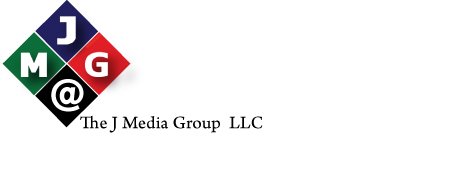Get your Banners in by end April 30th and they will run until the end of May with a special discount.
1 Million Impressions
$2.40 Cost per Thousand (CPM)
20% OFF
2 Million Impressions
$2.20 Cost Per Thousand (CPM)
25% OFF
3 Million Impressions
$1.95 Cost Per Thousand (CPM)
35% OFF
On the Jewish Ad Network your banners will be seen on:
Debka, Forward, Jewish World Review, Only Simchas, Virtual Jerualem, Jewish Week, Ynet News, Saw You at Sinai, JDate, Ask Moses, Frumster, Vosizneias and over 20 others
Banner Sizes:
120x600, 300x250, 728x90
Banner Formats:
Static, Animated or Flash (gif, jpeg, swf)
For more information call:
US West Coast Office +323 939 9377
US East Coast Office +305 677 2956
Israel Office +972 2656 5586
Email:
shoshana@thejmg.com
